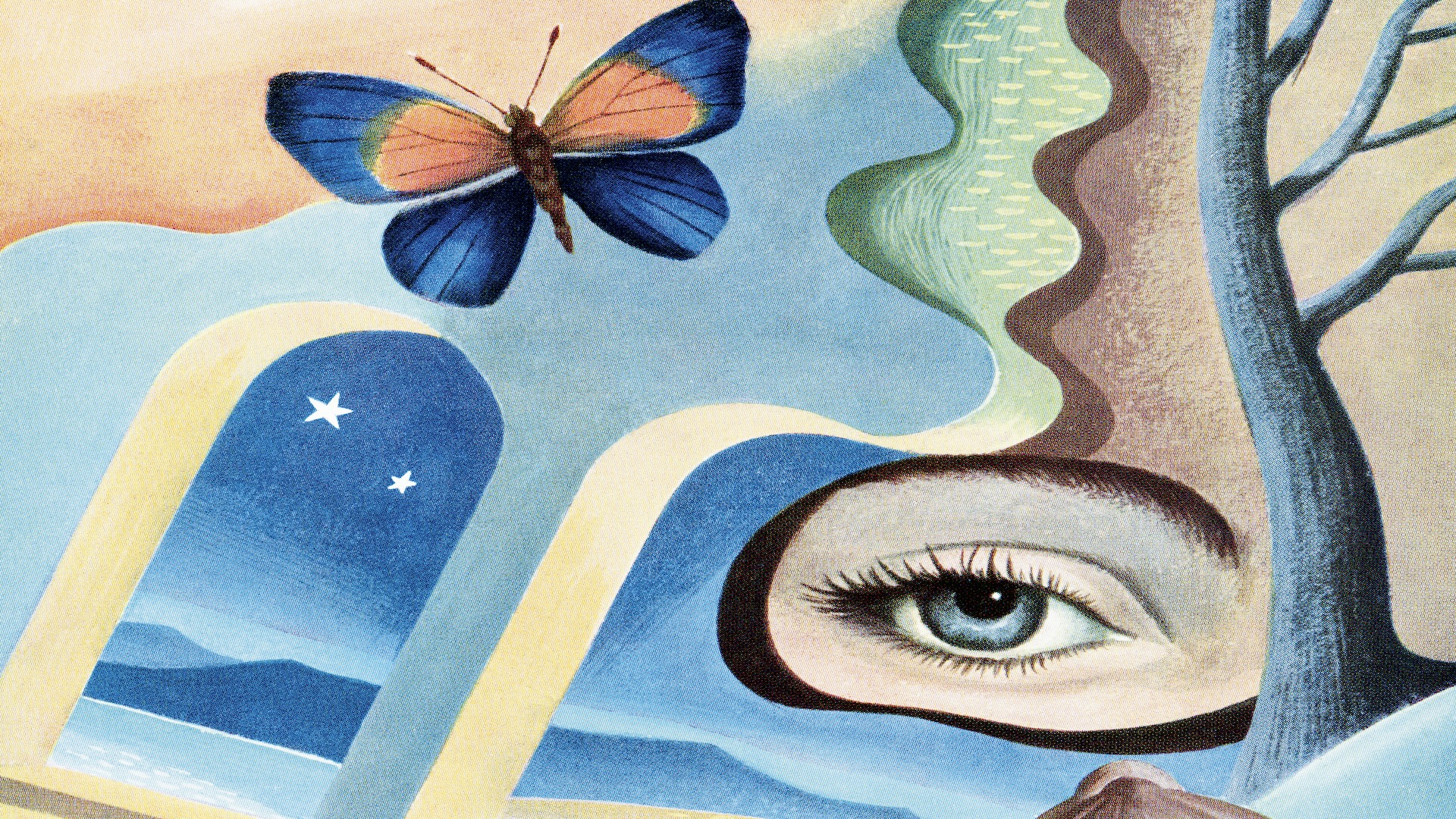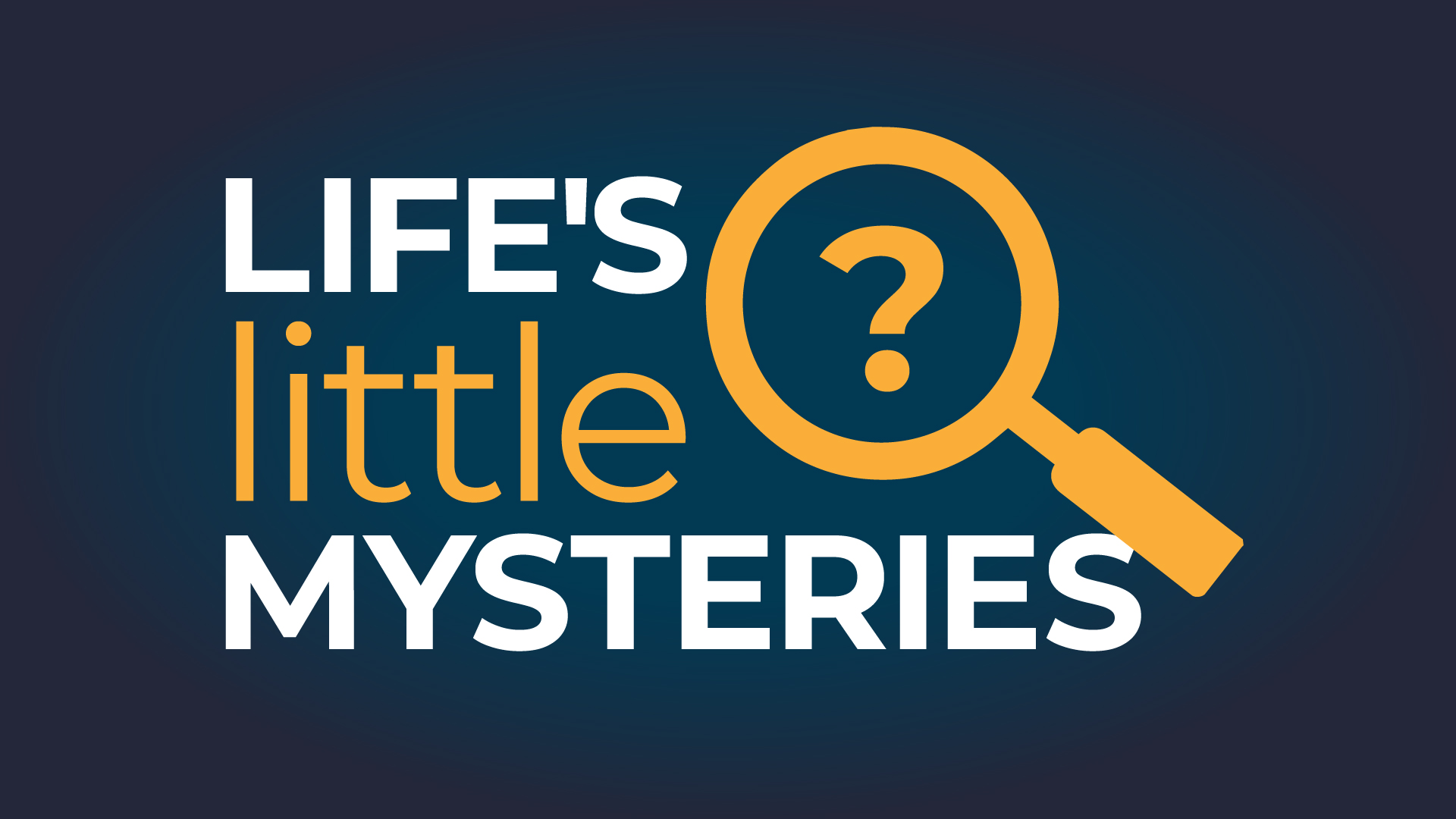Can you dream during non-REM sleep?
People report vivid dreams during rapid-eye-movement sleep. But is this sleep stage really the only time we dream?

Both Salvador Dalí and Thomas Edison are said to have used dreams to stoke their creative process. To spark new ideas, the men would let themselves drift off to sleep for just a few moments, and then wake up and note the dreamlike visions they had on the brink of unconsciousness.
But you may have heard that dreams happen only in a stage called rapid-eye-movement (REM) sleep. So is it possible to dream during other stages of sleep, as Dali and Edison supposedly did??
Although dreams in different sleep stages can take on different forms, REM sleep is definitely not the only time we dream, experts told Live Science.
"The belief that dreams are only associated with REM sleep comes from people who are not familiar with the subject in detail, or who have somewhat outdated knowledge," Isabelle Arnulf, a sleep neurologist at Sorbonne University in Paris, told Live Science in an email.
When REM sleep was first described in the 1950s, it had a couple of easily observable characteristics that prompted scientists to link the sleep stage to dreams. REM sleep, which makes up about 25% of our total time asleep, is characterized by brain waves that resemble electrical activity during wakefulness, fast eye movements and full-body paralysis. Scientists theorized that these rapid eye movements reflected people "watching" their dreams and that the body was paralyzed to prevent them from acting out those dreams in real life. While these theories about REM sleep still hold, scientists now know that these outward physical characteristics aren't necessarily required for dreams to take place.

Sign up for our weekly Life's Little Mysteries newsletter to get the latest mysteries before they appear online.
It is true that when people are awoken during REM sleep, they often report remembering vivid dreams with a strong narrative thread. But since the discovery of REM sleep, further research has shown that people dream during non-REM (NREM) sleep, too.
Related: What happens in your brain while you sleep?
In one study, Arnulf used a drug to suppress REM sleep in a small group of participants and then regularly woke them up throughout the night to see if they'd had any dreams. Many participants reported remembering dream-like mental content upon waking up, even though they had never entered REM sleep. Based on their reports, the structure and content of those dreams was a little different, though.
"NREM dreams are less frequent, shorter, less vivid, more conceptual or thought-like, and often lack a clear narrative," Francesca Siclari, a sleep researcher at the Netherlands Institute for Neuroscience, told Live Science in an email. "In contrast, REM dreams are almost always story-like, vivid, and rich in sensory detail. That said, there's a lot of variability. Sometimes NREM dreams are very minimal in content, and other times they can be remarkably similar to REM dreams."
Siclari has used electroencephalography (EEG) — a technique that measures electrical activity in the brain — to learn more about dreams during different sleep stages. She's found that both REM and non-REM dreams share some similarities in EEG signatures, even though REM and non-REM sleep stages generally look quite different on an EEG scan. She also discovered that when people's brain activity is slower, they're less likely to report a dream when woken up.
Although these results shed light on the mechanics behind dreaming in REM and non-REM sleep, many questions remain. Scientists still don't understand exactly how the brain generates dreams, why we have such a hard time remembering them, and why we even dream at all. They hope if they can learn more about dreams — and the different sleep stages in which they occur — it could reveal deeper truths about how the human brain works.
"[Dreaming is] much more frequent and varied than most people realize — we typically remember only a tiny fraction of our dreams," Siclari said. "Studying them gives us a unique perspective on how the mind works when it’s decoupled from the outside world."
Sleep quiz: How much do you know about sleep and dreams?

Marilyn Perkins is the content manager at Live Science. She is a science writer and illustrator based in Los Angeles, California. She received her master’s degree in science writing from Johns Hopkins and her bachelor's degree in neuroscience from Pomona College. Her work has been featured in publications including New Scientist, the Johns Hopkins Bloomberg School of Public Health magazine and Penn Today, and she was the recipient of the 2024 National Association of Science Writers Excellence in Institutional Writing Award, short-form category.
You must confirm your public display name before commenting
Please logout and then login again, you will then be prompted to enter your display name.



